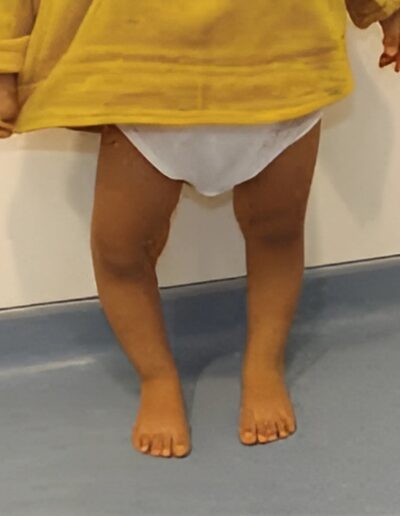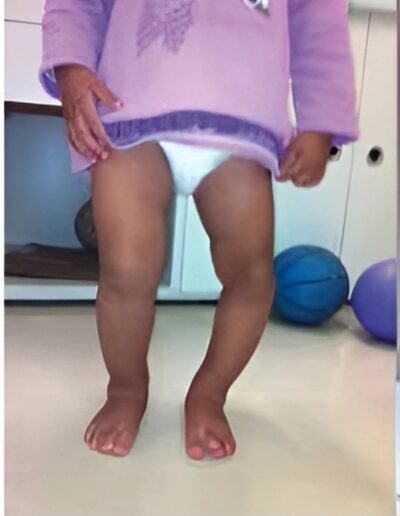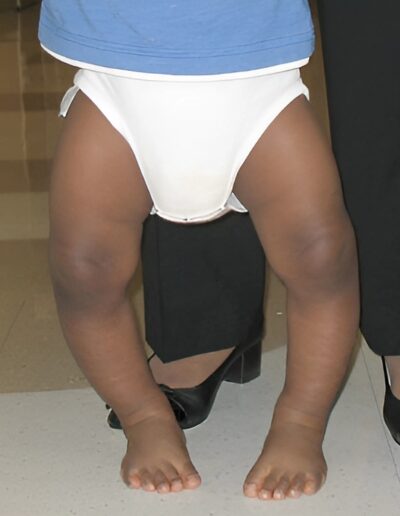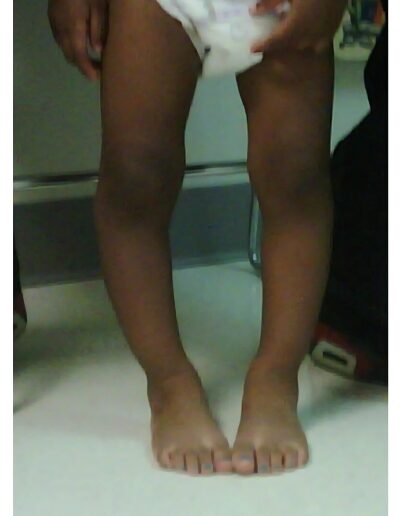



Lower limb deformity correction is often carried out at the same time as limb lengthening surgery to achieve the best possible outcome. Deformities of the lower limbs (legs and feet) can develop before a child is born or during early childhood, or as a result of an injury. They may vary in severity from deformities that affect someone’s mobility to those that are purely aesthetic.
Cardiology is the medical specialty that deals with the diagnosis and treatment of diseases related to the heart and blood vessels. Basic knowledge of cardiology includes understanding the anatomy and function of the heart, the various cardiovascular diseases, risk factors for heart disease, diagnostic techniques such as electrocardiograms (ECGs) and echocardiograms, treatment options including medications, interventions, and surgeries, and preventive measures to maintain heart health.
It is important to note that these symptoms can also be caused by other conditions, and some individuals with heart disease may not experience any symptoms until a more advanced stage. If you are experiencing any concerning symptoms, it is recommended to consult a healthcare professional for a proper evaluation.